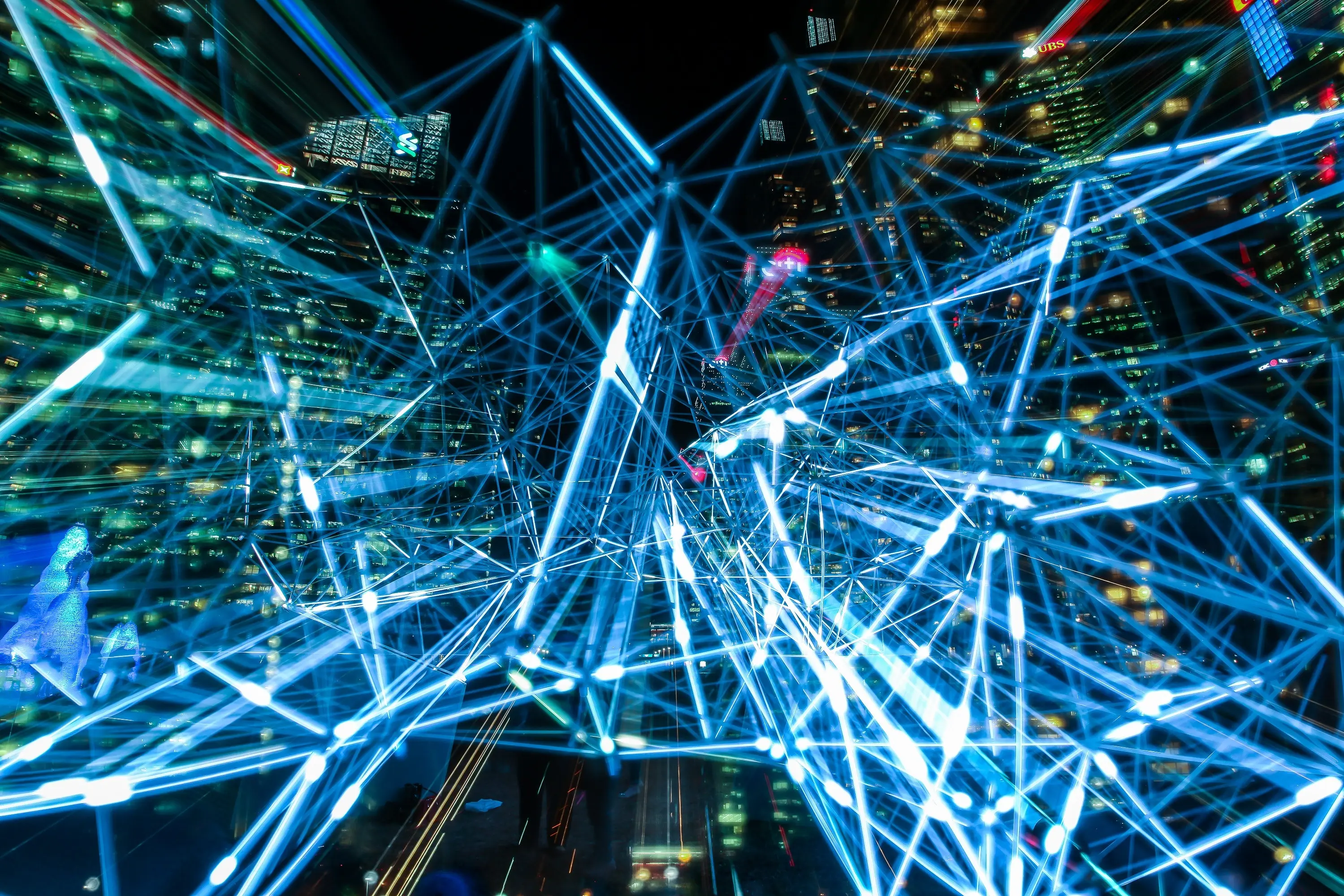What is Machine learning and what to expect in the future
Machine learning is a branch of artificial intelligence (AI) that uses algorithms and data to enable computers to learn and make decisions without explicit programming.

Machine learning is a branch of artificial intelligence (AI) that uses algorithms and data to enable computers to learn and make decisions without explicit programming.
It is a form of predictive analytics that works by analyzing data, recognizing patterns, and making predictions about future outcomes.
Machine learning can be used for a variety of tasks, including speech recognition, image recognition, natural language processing, and recommendation systems. Machine learning algorithms can be supervised, unsupervised, or semi-supervised and can be used to identify patterns in large data sets.
In the next decade, machine learning is expected to become increasingly pervasive, with applications ranging from healthcare to transportation to education.
Specifically, machine learning will become ubiquitous in many areas, including the automation of complex tasks, natural language processing, computer vision, and robotics.
Additionally, machine learning will be used to develop personalized user experiences and predictive analytics. This will be accomplished through the use of deep learning algorithms, as well as reinforcement learning, which will allow machines to learn from their mistakes and maximize their performance. Additionally, machine learning will be used to create more autonomous, intelligent systems, as well as more efficient and accurate data analysis.
Finally, machine learning will be used to identify patterns and trends, which will be used to create more accurate and reliable predictions about the future.
We used A.I. to write this article, namely the Text-Davinci-003 text model.
